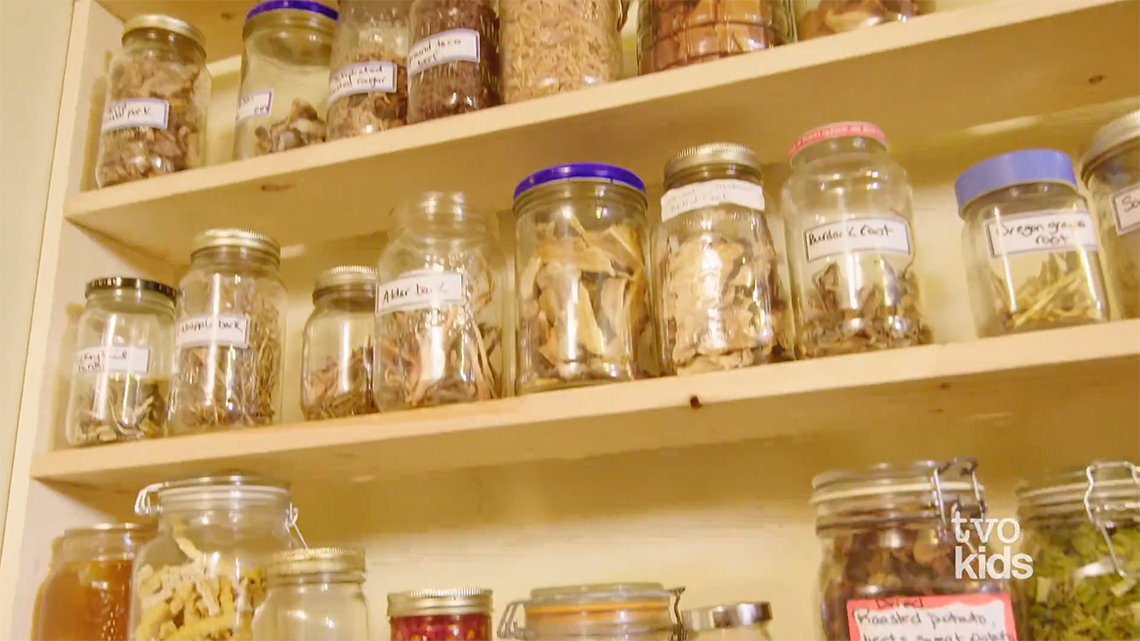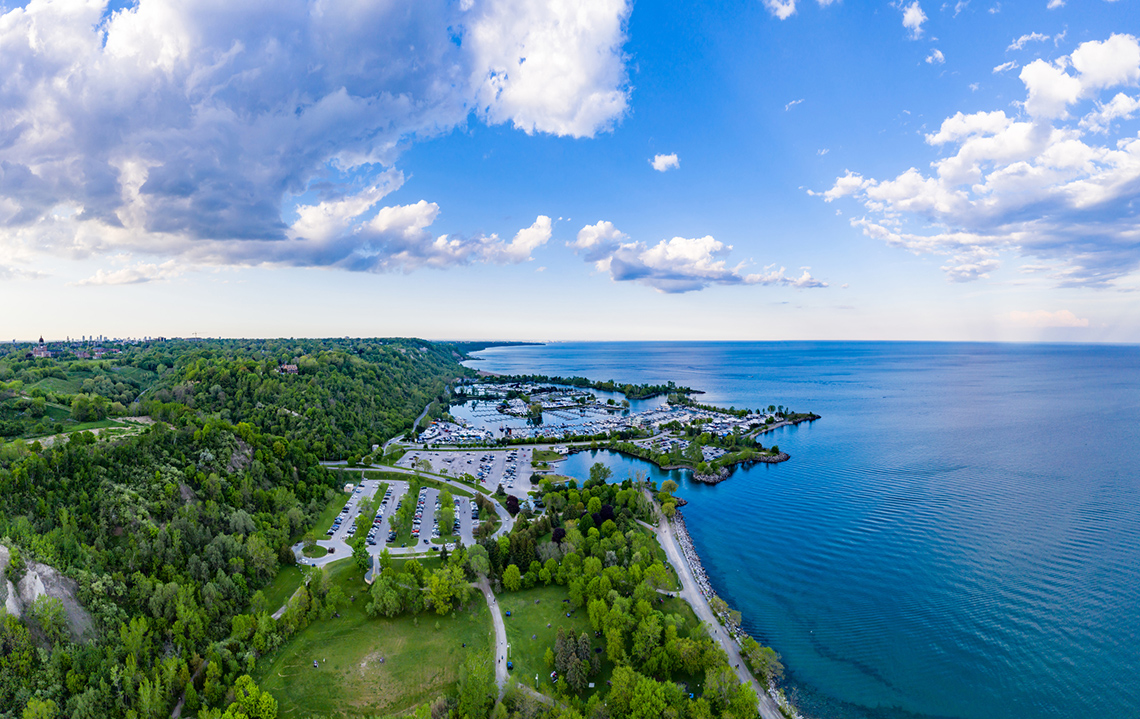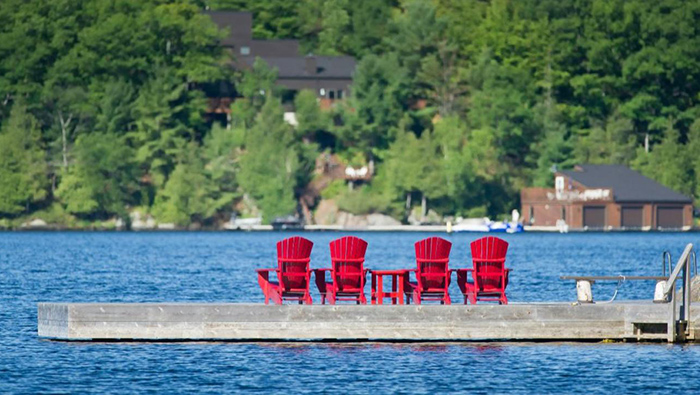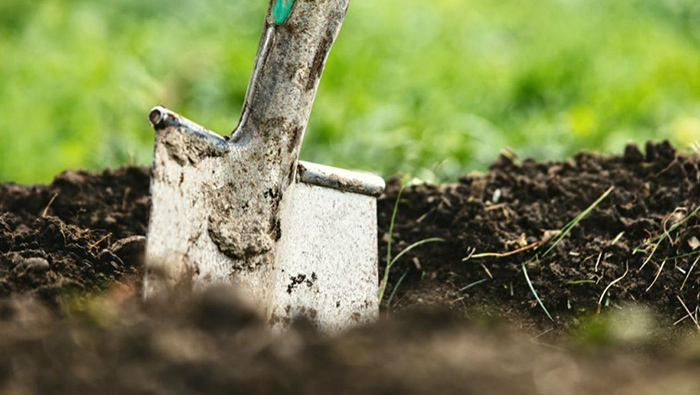Minds On
Community relationship to the land
Chyyah is from the Nuuchahnulth Nation in Port Alberni, British Columbia. As you explore the following video from your Grade 7 perspective, take note of Chyyah’s family’s and community’s relationship to the land and the physical environment that surrounds them.
Record your notes orally, digitally, in print, or in a method of your choice.
How did Chyyah’s community members give thanks to the earth, plants, and animals that help to sustain them? Why does Chyyah’s community do this?

Press ‘Hint’ to reveal some possible answers.
Action
Sustainability

Brainstorm
Share your thoughts
What is sustainability? What words can you think of that are associated with this word?
Press on each concept related to sustainability to learn more about it.
- environmental sustainability (the Earth’s environmental systems are kept in balance and humans consume natural resources at a rate that the resources can replenish themselves)
- economic sustainability (groups can maintain independence and access the resources that they need, ensuring that they are available to everyone)
- social sustainability (human rights and basic needs are accessed by all and everyone has enough resources to be healthy and safe)
Chyyah’s community of the Nuuchahnulth Nation in Port Alberni, British Columbia, lives in a way that keeps a balance between human needs and the needs of the environment. This community ensures that everyone has their needs met and will help each other to meet these needs.
Return to the video and record anywhere that Chyyah has shared how her community meets their needs environmentally, economic, and socially.
Press ‘Hint’ to reveal some possible considerations to support your thinking.
Use the activity provided or record your thoughts in a method of your choice.
Complete Chyyah’s Community in your notebook or using the following fillable and printable document.
| Environmental sustainability (only consuming what is needed) | Economic sustainability (access the resources that they need and ensure they are available for everyone) | Social sustainability (human basic needs are accessed by all) |
|---|---|---|
Press the ‘Activity’ button to access Chyyah’s Community.
The following question will be asked a few times throughout this learning activity. As you journey through the activity, consider how you can add more detail and examples into your response.
Guiding question: Why might various groups have different responses to the environment and the opportunities and challenges it presents?
Press ‘Hint’ to reveal some possible considerations to support your thinking.
Consider this question as we think about the Nuuchahnulth Nation in Port Alberni, British Columbia, Chyyah’s community and move into a discussion about some specific lake systems in Ontario.
The Great Lakes

Changes in the environment created by both natural processes and human activity have impacted the Great Lakes, including changes to water temperatures, species of plants and animals living in the water, water levels, toxins and bacteria build-up, and the quality of the water itself.
Hundreds of Indigenous communities in Ontario, since time immemorial, have had a deep connection with the Great Lakes. In the following TVO Agenda interview, Isadore Day, Ontario Regional Chief of the Chiefs of Ontario, and France Picotte, Chair of the Métis Nation of Ontario, share the responsibilities surrounding this relationship. Explore the following video entitled “Indigenous Perspectives on the Great Lakes” to learn more about two Indigenous perspectives.
As Isadore Day and France Picotte share each of their perspectives, take note of:
- the Indigenous perspectives about connections and responsibilities surrounding water
- the discussions of the pillars of sustainability both representatives share
There have been many activities and choices made in the areas surrounding the Great Lakes in the past 100 years that have impacted the water. Can you think of any of these activities?
Press ‘Answer’ to reveal information about human activity impacting the Great Lakes.
- industrial building close to the water
- development of neighbourhoods close to the water
- recreation (personal boating)
- tourism and travel (large boats travelling the waterways)
- dumping of toxic chemicals and pesticides
- intentionally changing water levels and altering the natural routes of the water
Connections
Do you remember?
Let’s return to the guiding question posed at the beginning of the Action section:
Why might various groups all have different responses to the environment (in this case, the Great Lakes) and the opportunities and challenges it presents?
How might you respond to this question after exploring this video? Record your response.
Press ‘Hint’ to reveal some possible answers.
Harvesting rights and responsibilities
Isadore Day and France Picotte both mentioned harvesting rights and responsibilities with regards to the Great Lakes. Harvesting wild rice is a way of life for Anishinaabe Nations in Ontario. France Picotte stated,
“We have the right to harvest but that also gives us the responsibility to make sure that there are… the animal has a right to live, also. That the fish have a right to live. That the water has a right to be pure. So we have the right to harvest, definitely. We have the responsibility to harvest.”
As Marissa shares her story, take note of the practice of harvesting wild rice and how this would relate to the pillars of sustainability. Record your thoughts in a method of your choice.
Although this is a way of life for some Indigenous communities and a Constitutional right, there are some cottagers in the area who are fighting the harvesting of wild rice in the Kawartha Lakes, Ontario.
The following TVO article, discusses the contrasting perspectives with regards to the land in and around Pigeon Lake. You will now access the following article “Decolonizing Cottage Country.”
Student Success
What do you think?
What are the differing perspectives about wild rice in Pigeon Lake? Which perspective relates more to the pillars of sustainability? Why?
Note to teachers: See your teacher guide for collaboration tools, ideas and suggestions.
Consolidation
Our connections to land and water

You have explored the idea that there are diverse perspectives with regards to the connection with water.
In their studies, Indigenous University of Guelph students are connecting to Indigenous land-based learning in the same ways that we explored in Chyyah’s story with harvesting medicine from plants and with Marissa’s family, who harvests wild rice.
The article “How Indigenous Land-based Learning Can Help Fight Climate Change” explores the story of how these students are making these connections.
As you explore this article, take note and record your thoughts on:
- The Indigenous perspectives of connecting to and being responsible for land and water
- The environmental, economic, and social sustainability of this land-based learning
You will now access the following article “How Indigenous Land-based Learning Can Help Fight Climate Change.”
Press ‘TVO.org’ to access “How Indigenous Land-based Learning Can Help Fight Climate Change.”
Opens in a new windowCheck your response
Read your response to the guiding question provided earlier in the Action section. After learning about the Anishinaabe practice of harvesting wild rice and the Pigeon Lake cottagers’ response to this practice, and exploring the article about the University of Guelph students, how would you change or add to your response?
Guiding question
Press ‘Hint’ to reveal some possible answers.
Record your final thoughts that you have gathered over the course of the learning activity to this guiding question in a method of your choice.
Reflection
As you read the following descriptions, select the one that best describes your current understanding of the learning in this activity. Press the corresponding button once you have made your choice.
I feel...
Now, expand on your ideas by recording your thoughts using a voice recorder, speech-to-text, or writing tool.
When you review your notes on this learning activity later, reflect on whether you would select a different description based on your further review of the material in this learning activity.

